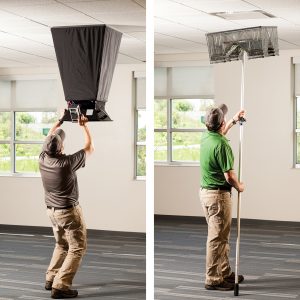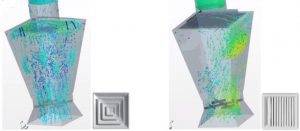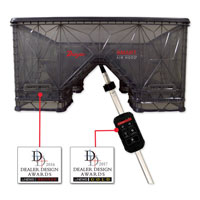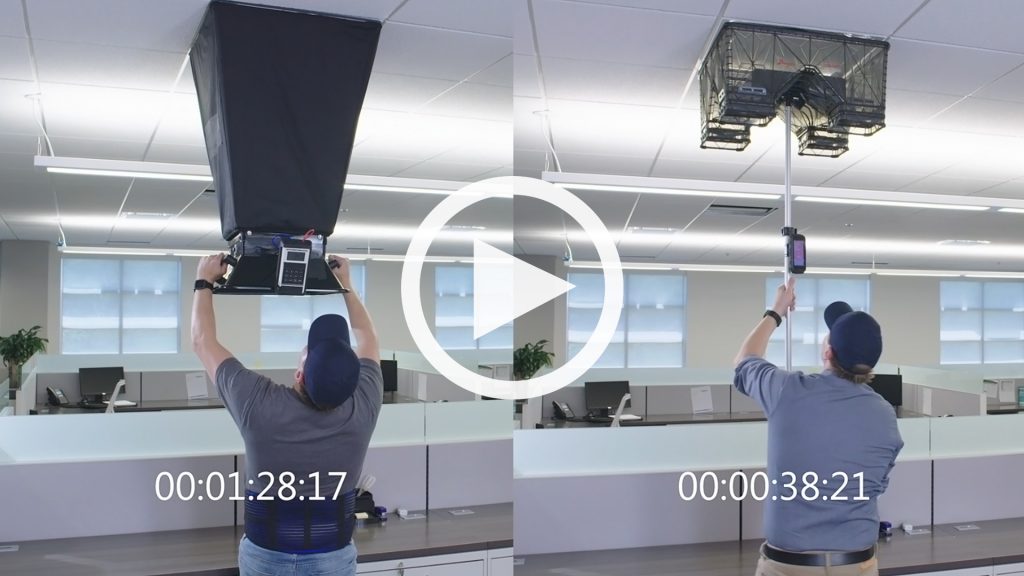 Many new users of the award-winning SMART Air Hood® Balancing Instrument (Series SAH) compare their new readings to those of their old, traditional air flow hoods. While the readings on a 3 cone step diffuser, 4 way diffuser and many return registers are very similar; users have noticed that swirl diffusers, slot diffusers and other directional diffusers give a lower reading on the SMART Air Hood® Balancing Instrument when compared to traditional air flow hoods.
Many new users of the award-winning SMART Air Hood® Balancing Instrument (Series SAH) compare their new readings to those of their old, traditional air flow hoods. While the readings on a 3 cone step diffuser, 4 way diffuser and many return registers are very similar; users have noticed that swirl diffusers, slot diffusers and other directional diffusers give a lower reading on the SMART Air Hood® Balancing Instrument when compared to traditional air flow hoods.

Fluid flow computer models show substantial swirling and trapped air flow in the traditional air flow hood. Intuition might lead the user to believe that traditional air flow hoods would read lower than the SMART Air Hood® Balancing Instrument; however, the opposite is actually true.

Since traditional air flow hoods are calibrated using a standard 3 cone step diffuser, the trapped air flow swing effects cause the actual differential pressure being measured at the Pitot arrays during calibration to be lower than what would normally be associated with the air flow being generated without a diffuser.
 The calibration process sets the K-factor for the traditional air flow hood to match the lower differential pressure of the air flow measured by the reference instrument. When measuring the air flow through swirl or slot diffusers, there is reduced swirling and trapped air to slow down the air flow across the Pitot arrays. Thus, the K-factor being used in the traditional air flow hoods for these diffuser types causes the flow conversion to return a higher flow measurement than the actual air flow rate.
The calibration process sets the K-factor for the traditional air flow hood to match the lower differential pressure of the air flow measured by the reference instrument. When measuring the air flow through swirl or slot diffusers, there is reduced swirling and trapped air to slow down the air flow across the Pitot arrays. Thus, the K-factor being used in the traditional air flow hoods for these diffuser types causes the flow conversion to return a higher flow measurement than the actual air flow rate.
The SMART Air Hood® Balancing Instrument, on the other hand, has different air flow profiles for every diffuser type in its library. Thus, air flow being displayed by the SMART Air Hood® is more precise and eliminates the need to conduct traverses and other corrections for the diffuser types.
To learn more please view our video entitled, “Advantages of the Dwyer SMART Air Hood® vs. Traditional Capture Hoods.”

